Dear Readers,
Parking cash is no longer on the minds of investors.
And why should it be?
The meteoric rise of the American stock market has made way for the highest household net worth ever recorded.
According to the Fed’s latest Financial Accounts of the United States report, otherwise known as Z1, household net worth hit a record $81.5 trillion for the second quarter of this year.
And since we know most of this has been the result of massive amounts of liquidity injections by central banks, it’s unsurprising that the percentage of financial assets to total net worth has also reached a level not seen in over 50 years.
This is also the highest proportion that financial assets have ever hit relative to total net worth since just before the dotcom bubble – which, of course, crashed.
Luckily, after the dotcom bubble, low interest rates, loose lending policies, and subprime loans were able to ignite a housing market boom – which, of course, also crashed.
The Cycles of Wealth
History often repeats itself in one form or another.
The patterns have been clear since day one: When financial assets crash, we turn to hard assets such as real estate. When that crashes, we go back to financial assets.
For example, when the stock market crashed in 1974, we turned to housing to reinvigorate the economy. When that crashed, we turned back to stocks.
In other words, there are really only two measures of wealth: Financial assets and Housing.
We’re now in the sixth year of our financial asset recovery and oh, what a recovery it has been.
But what happens now when financial assets crash? Will housing bring back strong economic growth?
For years I have been saying that we’re now at a point in time that cannot be compared to any other time in history.
Technical patterns to gauge momentum or downside risk haven’t worked as a result of algorithmic trading and other manipulative measures.
As Mohamed El Erian put it, “this impressive rally has ignored a host of historical relationships, including the long-established correlation between the performance of stocks and government bonds. In fact, correlations among a number of different financial-asset classes have behaved in an atypical and, at times, unstable manner.”
The full blown, all out, all or nothing, monetary policies around the world have never unleashed so much cheap money in the history of our civilization.
Despite this onslaught of reckless liquidity, true economic recovery has hardly kept pace.
Yes, unemployment in America seems to be strengthening back to pre-2008 levels, but that’s only because people continue to leave the workforce.
As a matter of fact, this is by far the worst economic recovery we’ve ever experienced, especially when you consider the amount of “easing” that has taken place.
Everyone seems to be hypnotized by this so-called “recovery” via trillions in liquidity created by world central banks.
But when you look at the companies associated with real world growth, such as bellwether stocks like Caterpillar, the picture becomes eerily enlightening.
Global Growth Decline
Caterpillar global retail sales have now experienced a decline for the last 21 months. That’s 2 months worse than the previous record of declining sales that occurred just after 2008.
The problem with this recovery is that the Fed has boosted financial assets, but has forgotten that it still takes a middle class to truly grow an economy.
The middle class – as I mentioned in past letters – is shrinking, and the gap between the rich and the poor is getting bigger by the day.
On a global level, practically every country has increased its debt in the most dramatic of ways. This is an important piece to consider, as it is the only balance in our global financial system that has prevented an all out collapse of the financial system.
We are now in the biggest global debt crisis/bubble ever.
The current solution is to continue lifting financial assets in hopes that it either translates back into a housing boom, or at the very least stalls the financial asset crash.
However, we all know that housing as a solution hasn’t been working because the majority of beneficiaries of this financial asset boom have been the richest 1%.
When the financial asset bubble finally pops – and it will – there won’t be an easy solution (such as low interest rates or loose lending policies) to bail the economy out because interest rates and housing market stimulants have already been in place since the last crash.
Let’s also not forget that the US government has been on a massive spending spree over the last decade. It needs a stronger economy so that its citizens can help pay the bills via taxes.
Without an easy solution to lift the housing market after the next financial market crash, there’s no where to turn except for the one thing that saved America the last time it was in this situation…
War…What is it Good For?
In 1929, both the housing and stocks crashed.
During this time, between 1929 and 1932, national income had dropped by more than 50 percent. Incomes in manufacturing had dropped by 70 percent, and incomes in construction had dropped by more than 80 percent.
Government was the only industry that had grown over the period.
This period was known as the Great Depression.
While policy makers and the media tell us that we’re in a recovery, much of what happened during the Great Depression is happening right now.
The Depression resulted in an increased of emigration of people to other countries for the first time in American history; today, we are witnessing a record number of US citizens renouncing their citizenship.
During the Depression, the housing market showed no signs of growth, despite extremely low interest rates; today, the housing market is showing no real signs of growth, despite all-time low interest rates.
At the time, there seemed to be no solution to the Great Depression.
The only thing that saved America was a complete overhaul of the global financial system via a major shift in world powers.
World War II
World War II decisively ended the Depression.
When America came out as the victor, people wanted to invest in somewhere safe.
Under the gold standard (at the time), this flight to safety resulted in large flows of gold to America. Under Roosevelt’s guidance, this inflow was used to increase the money supply*.
(*We’re now seeing Russia and China import massive amounts of gold. This isn’t a coincidence.)
As a result of aggressive monetary expansion, real borrowing costs decreased and interest-sensitive spending climbed rapidly. The economy rebounded quickly and effectively ended the Depression.
But monetary policy wasn’t the only thing that helped revitalize the American industry.
By 1945, many sectors were heavily geared towards defense production such as electronics and aerospace.
While it may not appear as a major topic, today’s scenario regarding defense production and weaponry is no different.
Under heavy media guard, arms export – heavily backed by the US – has become an aggressive growth industry for America.
So much so that over the last five years, US arms exports to developing countries have increased by over 600%.
Look, war isn’t pretty and no one wants to talk about it.
The Last Resort
“last re·sort”
a final course of action, used only when all else has failed.
We have a financial asset bubble that’s getting bigger every day, a stagnant housing market, all-time low interest rates, and massive amounts of stimulus.
We have a major battle between the East and the West that’s barely scratched the surface; from civil wars in the Middle East, to battles in the South China Sea.
We’re already seeing sanctions on Russia take its toll on global trade. The domino effect of sanctions from a global perspective only leads to a flight to safety mentality from foreign nations.
This shift in world powers begins when people begin to lose faith in currency. That is specifically what I believe the East and other emerging markets – and to some degree, other Western nations such as Germany – are preparing for.
That’s why Russia and China continue to add gold bullion to their vaults.
It seems that America has done all it can to revive its economy; from aggressive monetary policies to inflating financial assets.
The only thing left is war. And we’re seeing the beginnings of it right now.


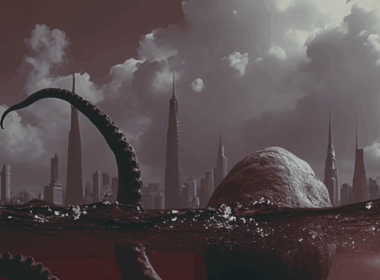




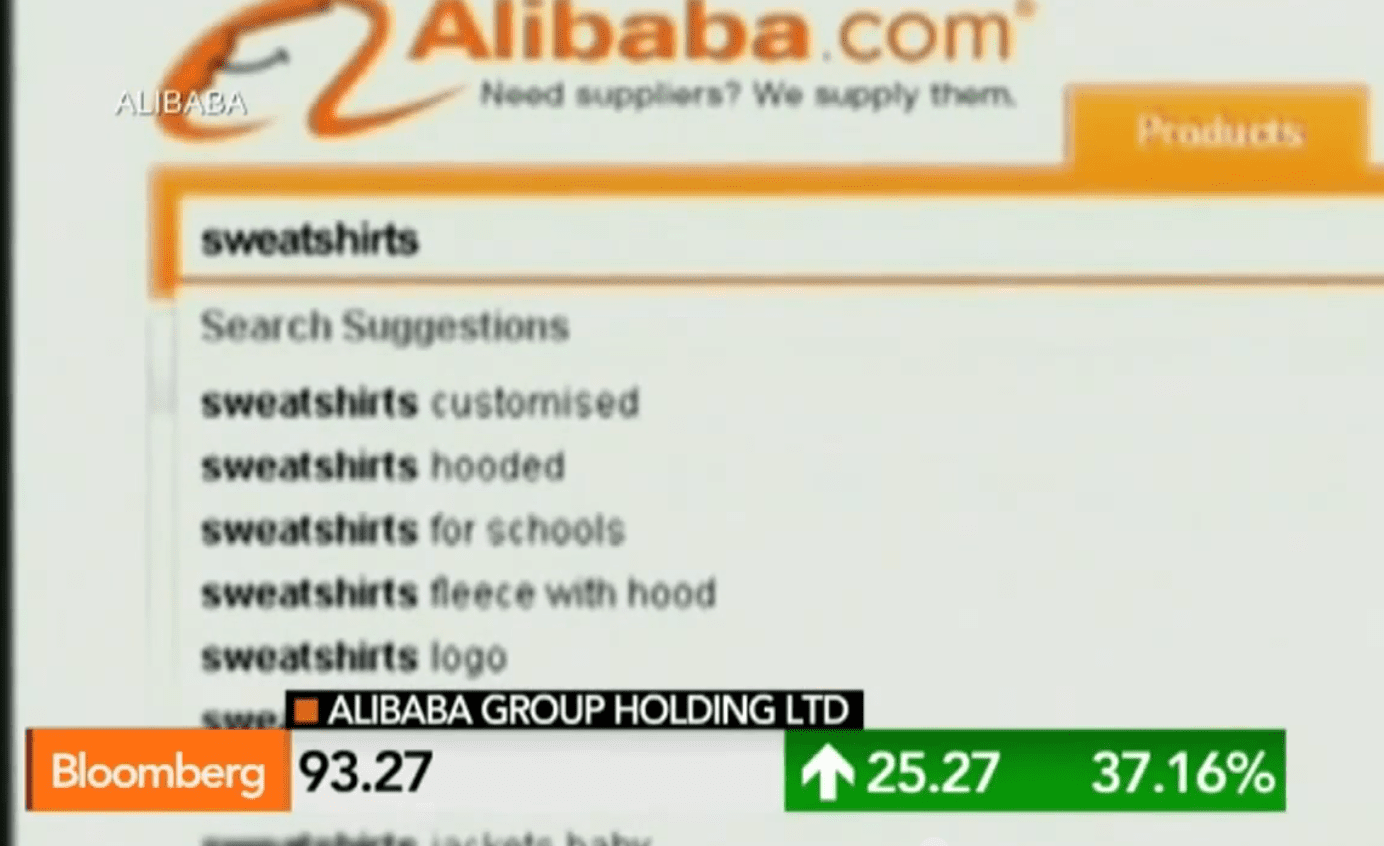
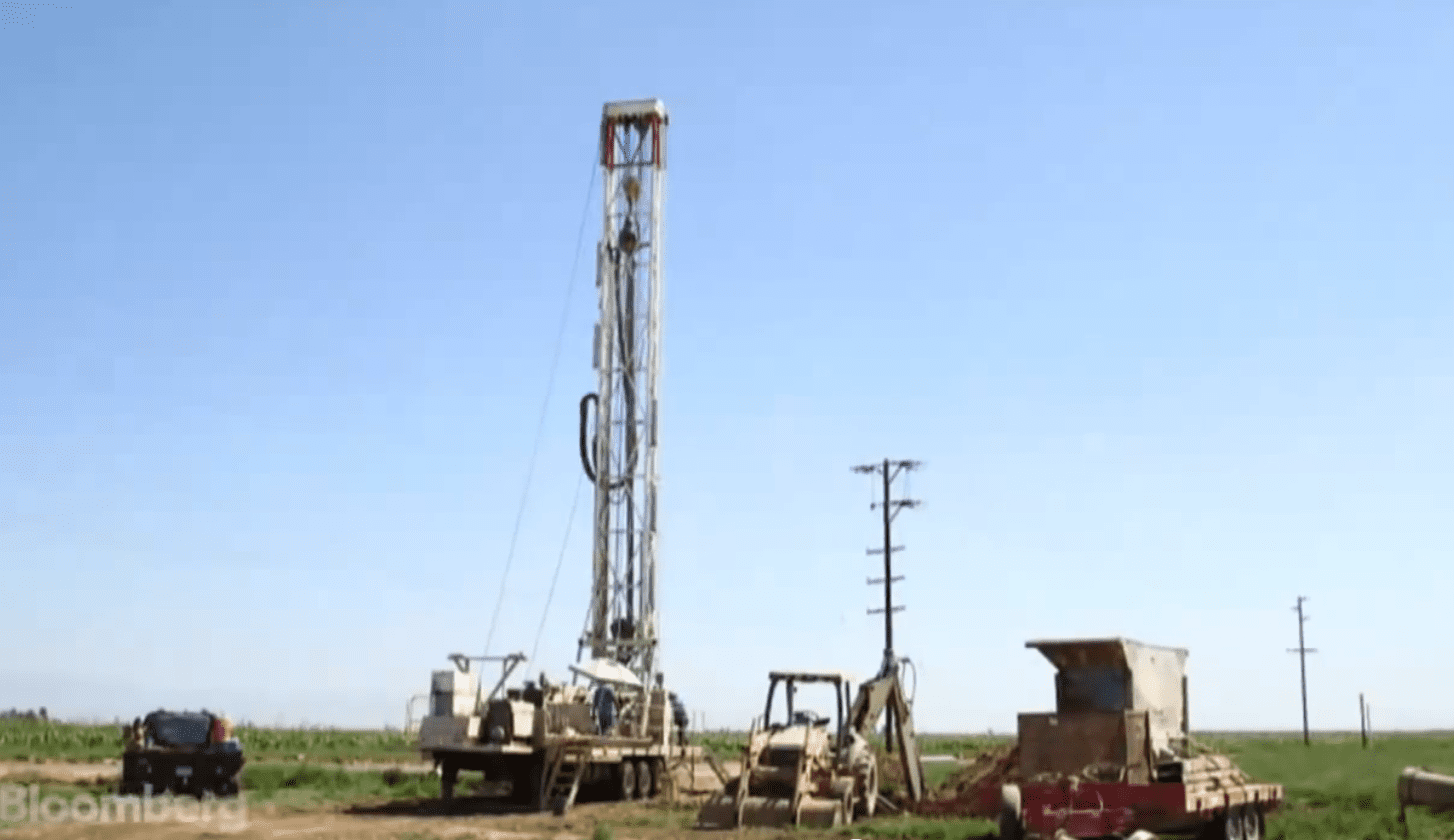
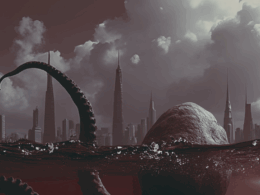
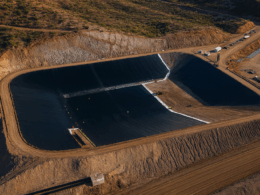


The usual CYA catchall to all investment promotions is ” The Past is not a true indicator to the future ”
I find that line missing from this forecast that war is imminent
Even though I do denounce by my US citizenship, I think you mean renounce. 😉
“When America came out as the victor, people wanted to invest in somewhere safe.”–
are you taking a drug? or are you actually believing all of that hogswallop from hollywood — My Dad a Career Royal Canadian Navy Veteran and Dunkirk participant – used to get up at that moment in the movie, when all the shooting would start and he would pace about the room nervously recounting the 11 cents in his pocket – and he would light a cigarette and say “here come the damn yankees to tell us how they saved the world ”
His was not the only opinion like that – i heard it lots form those who were there = on the beach and on the ships –
I would suggest to you my friend that you may want to give serious consideration to re writing your war mongering piece to read — ” When America came home having mot been too soundly trounced, and found out the Marshall Plan had been identified as the plan to rebuild a post war world people wanted to invest in somewhere safe.– they wanted to invest in a currency that was not devastated by debt or devaluation – and because Canada still needed to get Royal Ascent for any activity that involved economic change — America took the engineers after Diefenbaker closed down the Avro Canada CF-105 Arrow plans – and now they had a product to match the cars and nylons and fancy dresses – and ….
.. whats that they did not teach you that in school – that the Jet Fighter is Canadian – hmm like Superman
When America came out as the victor,” best laugh i had to day thanks
roger whittaker
604.414.6266
The war has already started Mr. Lo, and it is called “Financial War”. The problem is, it is not readily visible, as it is being fought with computers and various electronic means. This levels the playing field, reducing America’s vaunted military machine significantly, while increasing the clout of anyone with computers and hacker expertise. The outcome depends on who has superiority in this arena, as it has no historical precedent and is therefore unpredictable. I have no idea of what steps the average person can take to protect himself, other than trying to isolate oneself from technology for his existence, a near-impossibility it would seem.
The Depression was really bad because PEOPLE WERE HUNGRY. You can’t eat financial assets. Most of us have life, health, disability, car and house/renter insurance. But do we have food insurance? Every thinking middle class person should have at least a year’s supply of rice in their home for all their family members. It’s not hard to do. Keep the rice dry, and it will last forever. I also keep a year’s worth of honey (lasts a long time) and 6 months supply of canned goods/ vitamins/ pasta…) Eat/give to food bank the older stuff and renew monthly. If everyone in your neighborhood does this, you can all survive empty grocery stores, pandemics etc. without anarchy. Also smart to keep vegetable seeds for your family (and neighbors) if you have a yard. They’re cheap and last forever if they’re dry. If you can afford internet, you can afford rice.
what is war good for?
Depends on which side you are on. The peaceful side or the Monetary policy side.
US does benefit largely by the sales of warfare. So whenever in economic distress the last resort is to sell weaponry. How sad. the destruction of any soul.
100yr cycle since 1914 first world war right after the FED was initiated 1913. amazing clue. put the dots together. Then boom 1918-22 first major wave correction then 1929. WHO BROUGHT THE MARKET DOWN TO ITS KNEES and the reason????
Only the people power/sentiment in the USA is preventing another out-full war, until some one else comes to power and convinces the people different.
First lets thing about why there are wars. A lot of it has to do with Foreign Policy which is enslavement on another peoples culture and way of life. We need to let each country evolve at its own pace.
Further more neither the US or any other country has the power to dictate the events by the POST MASTER.
The powers behind the scenes are the ones in control via masked faces.
Real Power is in the people for without the physical body there are no wars.
THE COMMONERS REAL WEAPON IS NOT OF THE SWORD BUT THE USE OF BRAIN POWER VIA THE VIBRATIONAL FREQUENCIES WE CAN FORWARD TO ACHIEVE LOVE AND PEACE.
Let’s phase it
We all are brothers and sisters in zero point energy. Till Rome understands and and implement this believe earth shall not be a peaceful place for our temporary experience here by not letting people evolve at their own freedom and choice.
And let go of the self-ego.
FORGIVE THEM FATHER FOR THEY NOT KNOW WHAT THEY DO
PS. without prejudice.